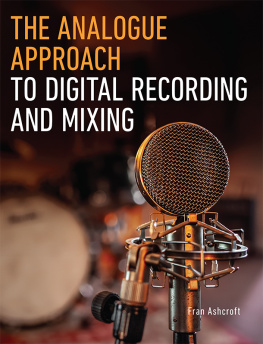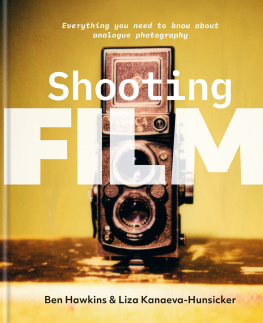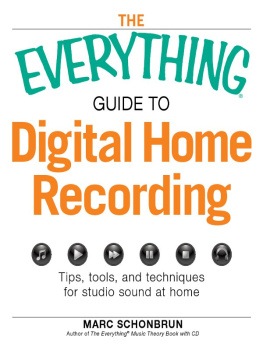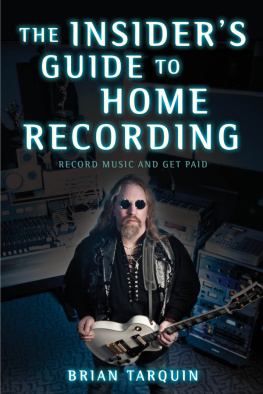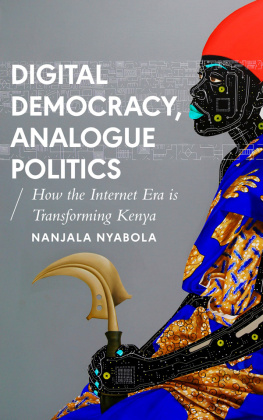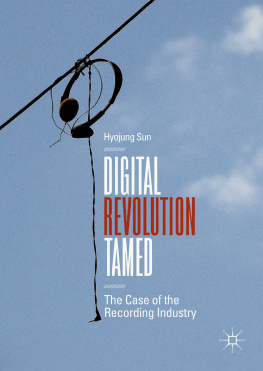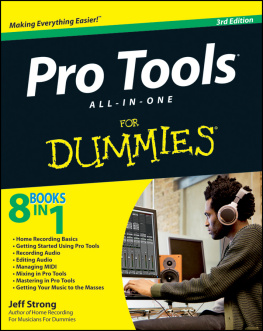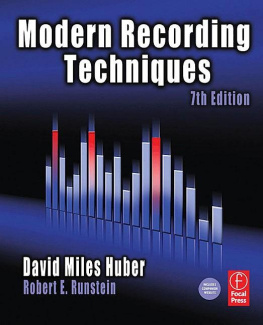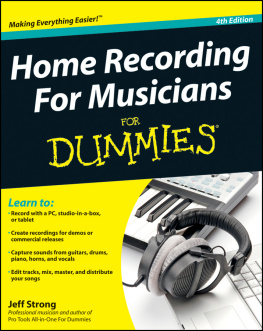Page List

First published in 2023 by
The Crowood Press Ltd
Ramsbury, Marlborough
Wiltshire SN8 2HR
www.crowood.com
This e-book first published in 2023
Fran Ashcroft 2023
All rights reserved. This e-book is copyright material and must not be copied, reproduced, transferred, distributed, leased, licensed or publicly performed or used in any way except as specifically permitted in writing by the publishers, as allowed under the terms and conditions under which it was purchased or as strictly permitted by applicable copyright law. Any unauthorised distribution or use of this text may be a direct infringement of the authors and publishers rights, and those responsible may be liable in law accordingly.
British Library Cataloguing-in-Publication Data
A catalogue record for this book is available from the British Library.
ISBN 978 0 7198 4177 4
Cover design by Sergey Tsvetkov
Acknowledgements
Photographs by David James Wood & James Power at Material Studios, 147161 Richmond Row, Liverpool L3 3BU. https://www.materialstudios.co
Additional expertise on how to plug things in and that, thanks to Marc Joy at ferndaleproductions.co.uk
And Audacitys free, open-source recording and mixing software: www.audacityteam.org
INTRODUCTION
ANY ONE FOR ANALOGUE?
Everything that is easy on analogue is difficult on digital; everything that is difficult on digital is easy on analogue old Chinese proverb
There are a lot of myths about recording and some seriously misguided ideas of how youre supposed to go about it. Recording is simple. You put a microphone in front of the sound you want and press record. Thats it. There is nothing you have to do, no rule book that says you must EQ and compress or manipulate it afterwards. Its entirely up to you.
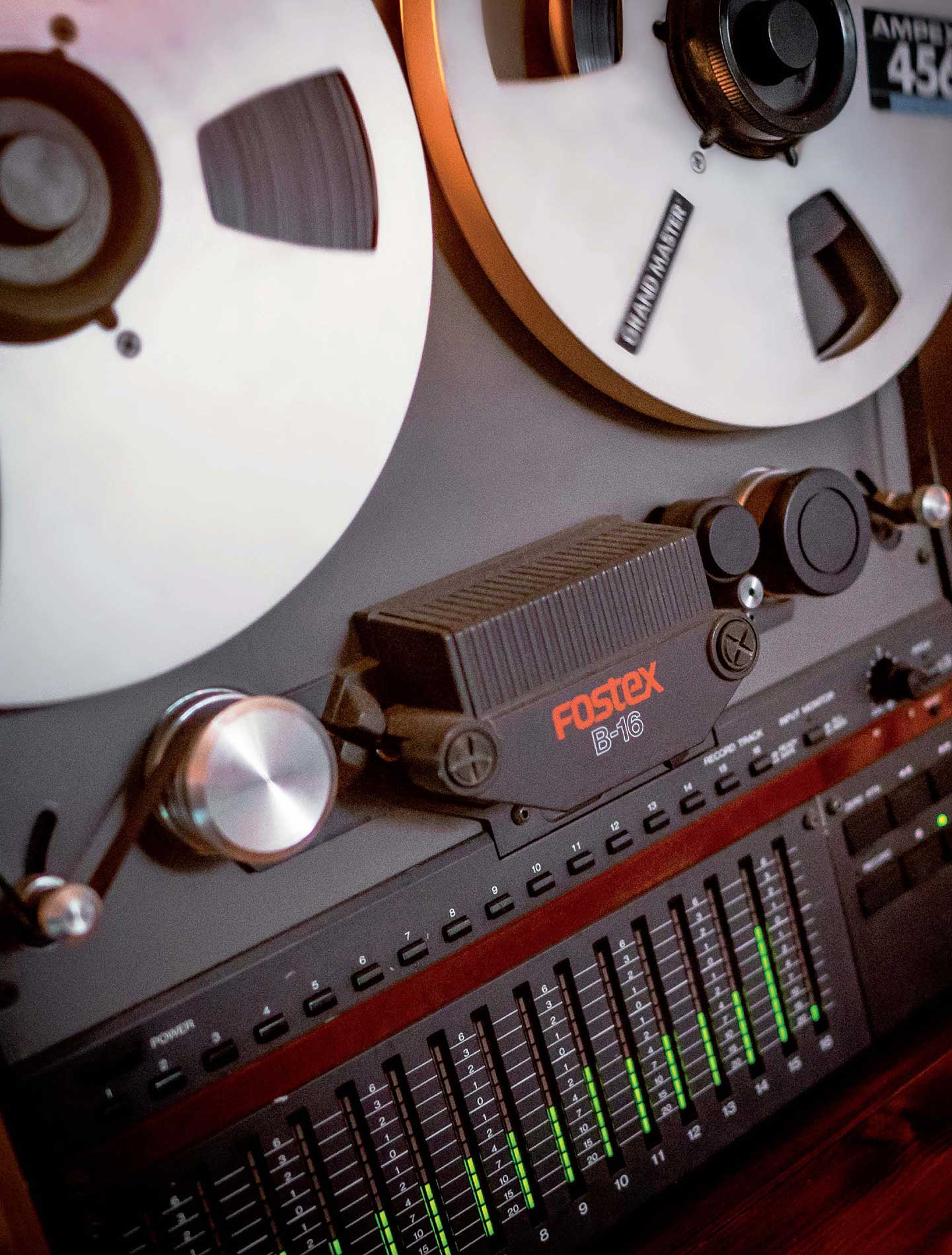
Digital recording presents a world of endless options, where all decisions can be postponed indefinitely. Make your mind up later is a strong selling point, but the truth is, digital is not particularly user-friendly. Analogue represents the opposite; its limitations force you to make fast, often intuitive decisions that cut out the middleman and just finish the record. By adopting some analogue thinking and adapting its techniques in the digital realm, you can revolutionise your recordings not just in the way they sound, but in the way they feel. This takes a completely different mindset than plug it in and fix it later.
Digital systems were not designed by recording engineers and some of the fundamental aspects have been badly thought out. For example, changing a volume level by selecting the sound and using a pencil tool to draw it with a mouse is a hopeless idea. When digital recording encourages you to solve problems by using more complex technology, its good for them, of course you have to buy more stuff. Upgrade now, or your system wont work any more.
Recorded sounds are not independent of each other; how they work with their companions, their behaviour and the unique interplay between them is a keystone of recording. Manipulating a sound in isolation doesnt work well if you cant hear it in context quickly and easily and can send you into a tailspin of knob twiddling and tweaking in no time. The better you can compare sounds in context, the more effective the results will be. Unfortunately, digital is lacking in this respect, when you cant click on two things at once with a computer mouse, or turn two knobs at the same time. Its apt to be time-consuming if the most necessary functions are often impractical.
On average, you might spend six hours a day on a mix session. You start making poor choices after that. And the length of time things take is important because its all creative time. In real terms, at least half the work will be preparatory, such as fixing levels, fine-tuning sounds and so on. Balancing the mix is the big deal and theres a short performance curve on that. Believe me, I hit a peak at about forty-five minutes in. You can feel it. Pass that peak and youre in for a long haul to get back. Which is why its not out of the ordinary to take a week or longer to mix a track digitally that would have taken a maximum of a day and a half on analogue.
It is a challenge not to be a perfectionist when recording digitally. Its unsympathetic to errors and the workflow can be onerous; mixing forty tracks of sound rather than a mere sixteen takes a lot longer and you simply cant connect with it in the same way. But dont for a moment think that analogue recording is all about the type of equipment you use. Its mostly about how you use the technology youve got.
In their heyday, recording studios were unique spaces, each with their own sonic signatures. Abbey Road and Trident were both as good as you could get but sounded quite different from each other. So, at the outset, the question of What studio should we use? was a significant choice. Its not like that anymore. Everywhere sounds the same because the technology is more or less identical. Its a sad paradox now that there are no limits to the number of tracks and effects you can use, it is a whole universe of possibilities. Yet recording has become more homogenised than it has ever been. Maybe there are so many choices, we all just opt out and go to the hamburger joint.
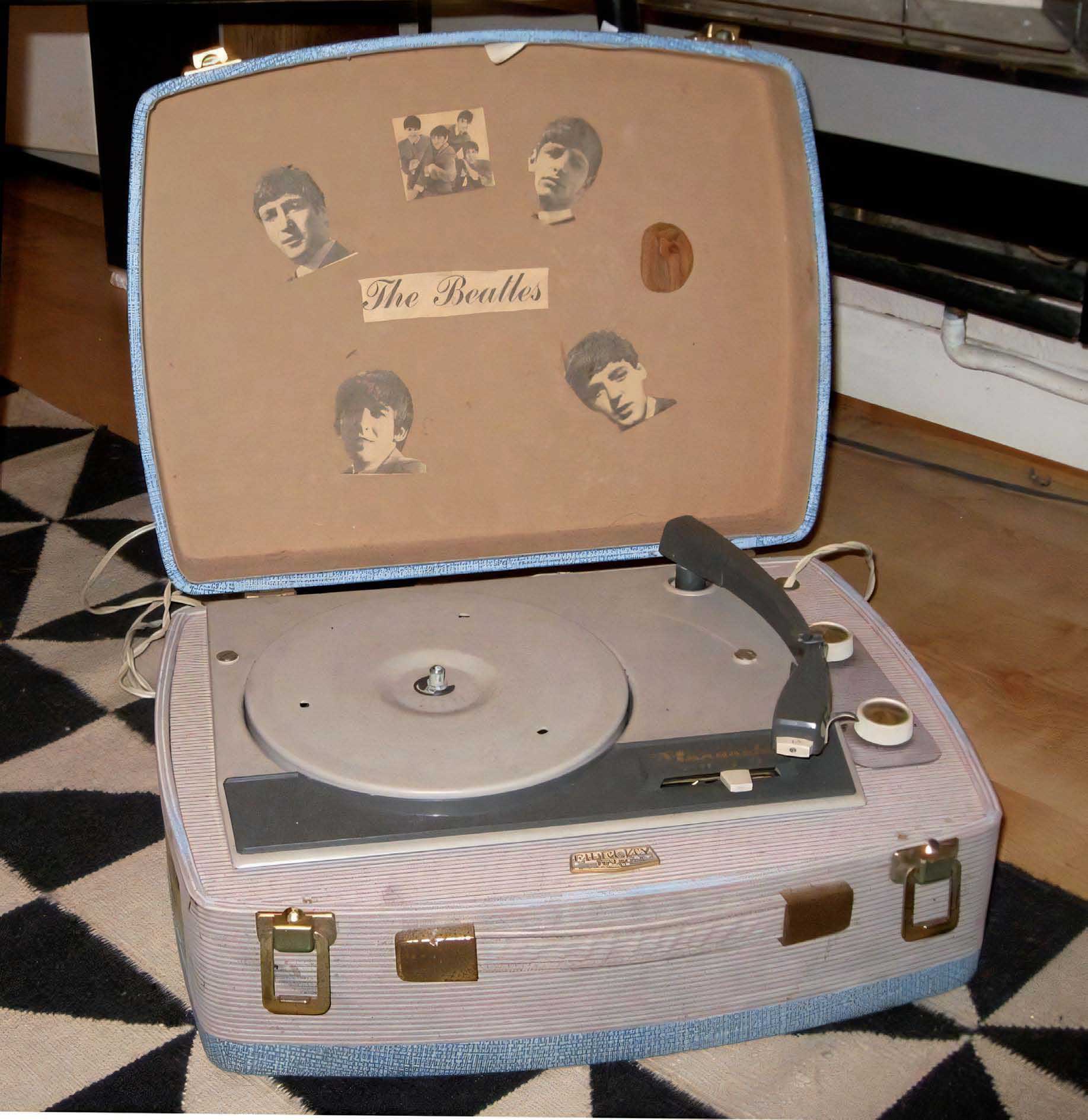
Record player found at a recent archaeological dig in Merseyside.
It is your approach to the process that matters. Key decisions are made early on in analogue recording, unlike digital where the software encourages you to postpone them. If its more convenient to open up a new track and save three alternates than do a punch-in and record over an error, you end up fixing all kinds of performance shortcomings when you mix, which will end up taking so long that you lose any sense of spontaneity you might have had when you began.
Getting the most out of analogue recording did need preparation and forethought. You had to figure out in advance what you wanted on the front end, because there were not many fixes possible after the fact; you had to get it right at the time. Quite simply, if you didnt have a pretty good idea of what the finished recording would turn out like before you started, you would be heading for trouble. There was no safety net and I believe that element of risk added more energy and focus to the proceedings. The lack of feel attributed to digital is as much to do with that as the sound itself.
THAT ANALOGUE SOUND
What do you think of as the sound of analogue recording? Is it a vinyl record, tape compression, the preamps and valves, the microphones, or what? Do you mean the sound of 1950s recording? 1960s? 1970s? They are all very different from each other.

